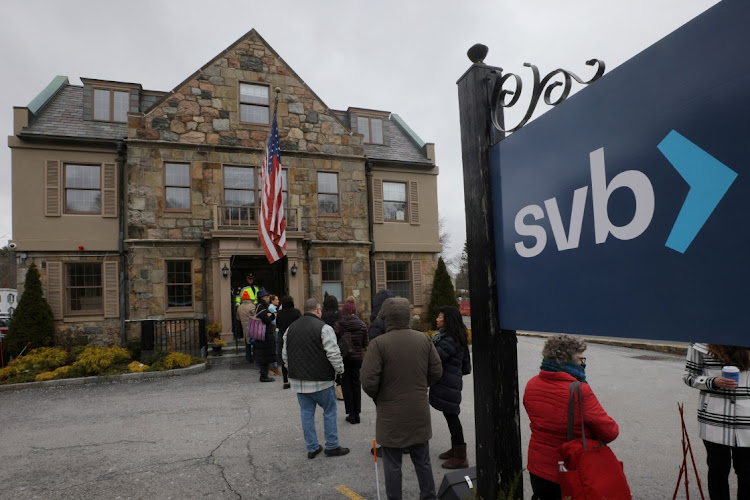Be wary of calls for quick and easy solutions that invite crisis

The collapse of SVB should be a lesson on how not to act when good times turn bad
Prudent monetary policy is key for the proper functioning of the economy. This has long been known, but there is newer proof from the events that led to the sudden collapse of Silicon Valley Bank (SVB) in the US.
While the focus now is on the potential for a wider banking crisis and central banks’ reaction in the midst of sticky, out-of-target inflation, the broader lesson for SA is to always be wary of those who advocate for the Reserve Bank to be turned into a money printing machine to solve problems that aren’t caused by the amount of currency in circulation.
Let’s go back to 2020. Covid-19 hit, and jobs, incomes, livelihoods and lives were lost. The fiscal policy response included the establishment of a social relief of distress grant and a credit guarantee scheme that has now been turned into a build better loan scheme. There was and still is criticism of this response. The jury is still out.
The monetary policy response to disruption to financial markets and the general economy included the slashing of interest rates to a record low of 3.5%. Banks’ capital requirements were also reduced to allow them to on-lend or restructure corporate and individual client loans.
This response was decisive and timely, but there were calls for the Bank to do more given the magnitude of the crisis. Some called for it to buy bonds and directly finance government spending. They wanted unprecedented money printing like the US Federal Reserve, Bank of England and other major central banks did. The potential consequences of this, which included an acceleration in inflation out of the target band and a consequential increase in interest rates, were deemed insignificant.
Fast forward to today, and the same people are calling for the Bank to stop increasing interest rates, and at the same time calling for the government to do something about the high cost of living. I am yet to hear these heterodox or “progressive” economists’ take on the collapse of SVB and the potential for a wider banking crisis in the wake of the money printing that followed Covid-19.
Here is a chronology of events, with typical cause and effect: Covid-19 disrupted supply chains, leading to significantly reduced goods and services. Fiscal authorities and central banks created too much money in response, which chased fewer goods and services and caused inflation — the current cost-of-living crisis.
Central banks did what they are constitutionally mandated to do, which is act to bring inflation back into target by raising interest rates and reducing liquidity in the market. They have not succeeded yet — many countries’ inflation remains way above their targets.
How does the SVB collapse enter this equation? Like many banks, it lent money to the government by buying US treasuries at record low yields. It then used an accounting provision to reduce its costs by not hedging the interest rate risk, which was bound to materialise when interest rates increased. Everyone who manages a bond portfolio knows this — when interest rates go up, the prices of bonds, and thus bond portfolio values, decline. So SVB must have known it was sitting with huge interest rate risk unless it could hold the bonds to maturity.
Then came another dynamic created by the post-crisis money printing: the emergence of the tech sector as a super performing sector. In simple terms, too much money printed by central banks ended up being used to buy things with no fundamental value, some of which were in the tech sector.
When interest rates started to rise, the sector started to experience funding issues and went to the likes of SVB for capital to meet its liquidity needs. SVB was forced to sell the bonds it had bought at huge losses, and a run on the bank ensued. The wider banking sector and the global economy is now at risk of another global financial crisis collapse, though we are not there yet.
